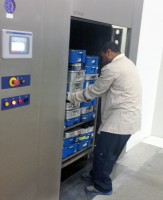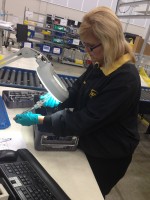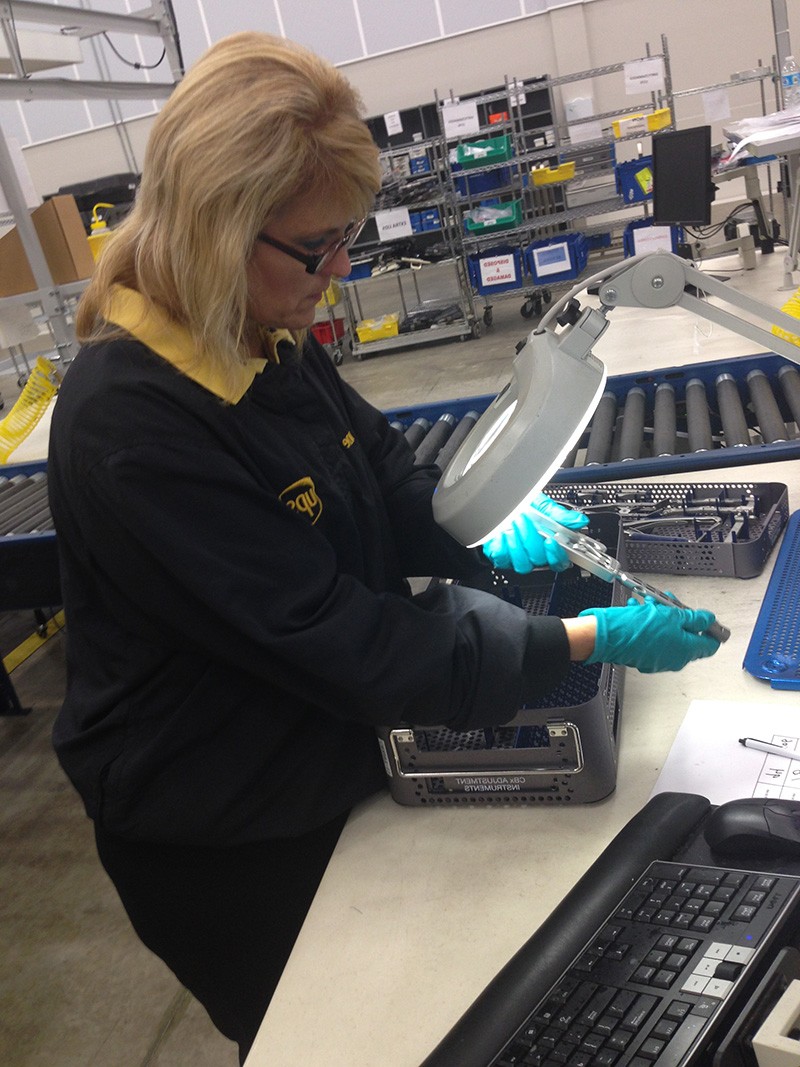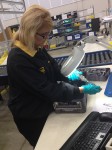It is becoming increasingly difficult for medical device companies to maintain healthy profit margins within a business-as-usual environment amid shifting regulations and changing market trends. Add price and cost pressures to the equation, and you have an industry with ample impetus to innovate.

Procurement and other traditional cost-saving measures are being exhausted. To drive business value and succeed in today’s complex, competitive landscape, firms are looking to supply chains, taking a page from other sectors that have undergone optimization efforts. As such, medical device companies that follow these three steps to leverage their supply chain and enhance operational efficiencies are poised to gain a competitive edge.
Step 1: Examine Important Trends
A look at key healthcare trends reveals that the industry in a transformative state. Understanding the potential impact of these trends allows companies to proactively prepare their supply chain.
- Health policy pressures
Medical device manufacturers are adjusting to a 2.3% excise tax on topline revenue. They are also grappling with FDA’s Unique Device Identifier (UDI) ruling — a global medical device identification method designed to pinpoint devices throughout the chain of custody from manufacturer to patient. Only 44% of medical device companies have a UDI strategy in place, according to a recent study. - Pricing pressures
Increasing competition by generic medical devices, combined with the growing sophistication of the customer base, is putting significant pricing pressure on premium-device manufacturers. Purchasing decisions that were once made by surgeons are now more likely to be centralized and made by hospital procurement departments. - Increasing demand
Frost & Sullivan research predicts that by 2025, the number of those over age 60 is set to reach 1.18 billion, nearly double the count from the year 2000. In the United States, aging baby-boomers, along with adoption of the Affordable Care Act, promise to increase the volume of surgeries and other medical procedures. - Industry disruptors
The 3D printing revolution is a trend that could also affect pricing and demand for branded medical devices. In the medium-to-long term, this technology has the potential to alter the way in which surgeries are traditionally performed and how the procurement of devices are executed.
Step 2: Diagnose Pain Points
Implantable device stock-outs are costly, and sales representatives are unwilling to risk relationships with surgeons. These factors lead to bloated inventories with murky visibility to what product in the field. UPS estimates that about 70% of inventory is located in the field to ensure stock-outs do not occur. The result under this model is a disproportionate amount of working capital tied to inventory. Poor visibility of inventory among sales reps along with poor visibility of consigned products in hospitals not only impact transportation and inventory costs, but can ultimately affect brand reputation.
Inventory management is a top supply chain pain point for medical device manufacturers. A lack of product control can lead to extensive cost of capital, logistics challenges for the sales teams, and the possibility for field inventory to be held out of compliance.

Step 3: Challenge the Status Quo
Medical device manufacturers can gain better visibility through collaboration with a third-party logistics (3PL) provider that has a compliant medical device field stocking location (FSL) network. Tapping into an FSL network takes inventory out of sales reps’ vehicles and garages, and puts it close to patients in facilities with tracking and monitoring capabilities.
Firms need to leverage asset-light solutions. Look for capabilities in a 3PL partner that improve efficiency across the supply chain. For example, implantable device manufacturers provide surgeons with instrument trays and tools that are traditionally managed by the manufacturer representative. These kits require component replenishment, decontamination, and instrument testing post-surgery — all logistical tasks. For example, one 3PL opened a loaner kit processing site that features a decontamination and replenishment service for healthcare companies. Using visibility solutions, the site has a closed loop inventory system that allows manufacturers to get kits back into the operating room quickly and efficiently.
Aligning the supply chain to the strategic vision of the organization can be a key element for optimizing logistics and ensuring marketplace success. Today’s environment provides the right opportunities for medical device companies to rethink quality controls and to streamline processes. Organizations that embrace change, shifting trends and regulations, and challenge their operational status quo will be better positioned for growth and to meet global healthcare demands.
Through supply chain best practices, companies are becoming more agile and adaptable than ever before. High-value, critical medical devices have to reach new markets in a seamless, integrated flow that adheres to strict product safety and security protocols. In essence, planning for an optimized, smart network is a plan for success.








